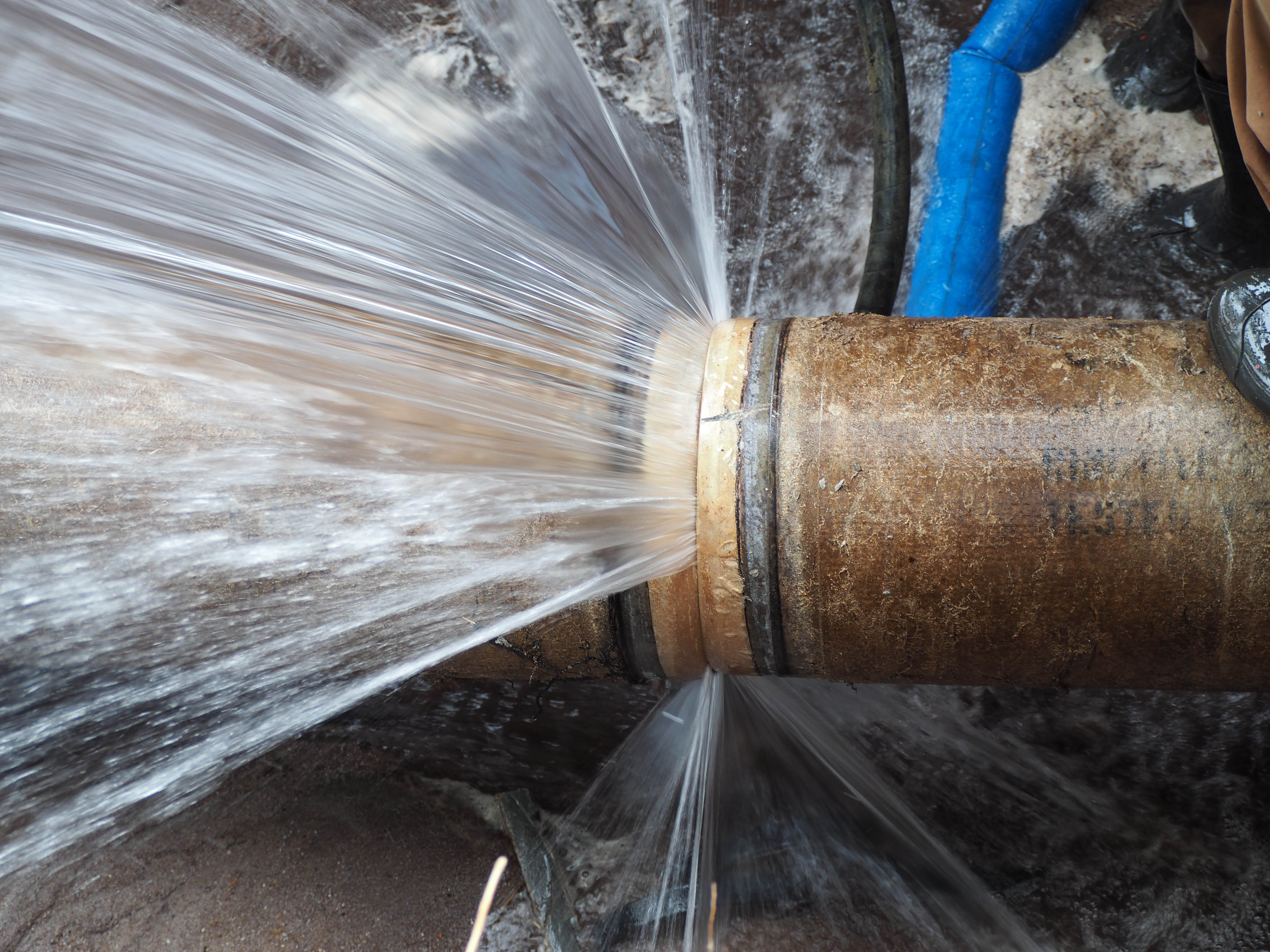Preventing Frozen Pipes: Top Tips for Cold Weather
Preventing Frozen Pipes: Top Tips for Cold Weather
Blog Article
They are making several great pointers on the subject of How to prepare your home plumbing for winter weather overall in the content down below.

Winter can damage your plumbing, specifically by freezing pipelines. Right here's exactly how to prevent it from taking place and what to do if it does.
Intro
As temperature levels drop, the danger of frozen pipes increases, potentially leading to pricey repairs and water damage. Comprehending how to avoid frozen pipelines is essential for homeowners in cool climates.
Comprehending Frozen Pipelines
What causes pipelines to ice up?
Pipes ice up when revealed to temperatures below 32 ° F (0 ° C) for prolonged durations. As water inside the pipes freezes, it broadens, taxing the pipe wall surfaces and possibly triggering them to break.
Risks and damages
Frozen pipelines can lead to water system disturbances, home damage, and costly repair services. Burst pipes can flood homes and trigger extensive structural damages.
Indicators of Frozen Piping
Identifying frozen pipelines early can avoid them from breaking.
Just how to determine icy pipes
Search for reduced water flow from faucets, uncommon odors or noises from pipelines, and noticeable frost on exposed pipes.
Avoidance Tips
Shielding susceptible pipelines
Wrap pipelines in insulation sleeves or make use of heat tape to shield them from freezing temperature levels. Concentrate on pipelines in unheated or exterior locations of the home.
Heating methods
Maintain interior areas sufficiently heated, particularly locations with pipes. Open cupboard doors to enable warm air to circulate around pipes under sinks.
Safeguarding Outside Pipes
Yard pipes and outside taps
Separate and drain pipes yard hoses before winter season. Set up frost-proof spigots or cover outdoor faucets with protected caps.
What to Do If Your Pipes Freeze
Immediate actions to take
If you suspect frozen pipes, keep taps open up to relieve stress as the ice thaws. Utilize a hairdryer or towels soaked in warm water to thaw pipelines slowly.
Long-Term Solutions
Architectural modifications
Think about rerouting pipes away from outside walls or unheated locations. Add added insulation to attic rooms, basements, and crawl spaces.
Updating insulation
Purchase premium insulation for pipelines, attics, and wall surfaces. Correct insulation aids keep regular temperature levels and lowers the risk of icy pipes.
Verdict
Stopping icy pipes calls for positive steps and fast reactions. By comprehending the causes, signs, and preventive measures, home owners can secure their plumbing throughout cold weather.
6 Proven Ways to Prevent Frozen Pipes and Protect Your Home
Disconnect and Drain Garden Hoses
Before winter arrives, start by disconnecting your garden hoses and draining any remaining water. Close the shut-off valves that supply outdoor hose bibs and leave the outdoor faucet open to allow any residual water to drain. For extra protection, consider using faucet covers throughout the colder months. It’s also important to drain water from any sprinkler supply lines following the manufacturer’s directions.
Insulate Exposed Pipes
Insulating your pipes is an effective way to prevent freezing. Pipe insulation is readily available at home improvement stores and is relatively inexpensive. Pay close attention to pipes in unheated areas such as the attic, basement, crawl spaces, or garage. Apply foam insulation generously to create a buffer against the cold. You can also wrap your pipes in heat tape or thermostat-controlled heat cables for added warmth.
Seal Air Leaks
Inspect your home for any cracks or openings that could let in cold air. Seal any holes around the piping in interior or exterior walls, as well as the sill plates where your home rests on its foundation. Additionally, make sure to keep your garage door closed unless you’re entering or exiting. Leaving it open creates a significant air leak that can lead to frozen pipes.
Allow Warm Air Circulation
During cold snaps, it’s essential to allow warm air to circulate evenly throughout your home. Leave interior doors ajar to promote better airflow. Open kitchen and bathroom cabinets to help distribute heat consistently around the rooms. If you have small children or pets, be sure to remove any household chemicals or potentially harmful cleaners from open cabinets for safety.
Let Faucets Drip
A small trickle of water can make a big difference in preventing ice formation inside your pipes. When temperatures drop significantly, start a drip of water from all faucets served by exposed pipes. This continuous flow helps prevent the water from freezing. Additionally, running a few faucets slightly can relieve pressure inside the pipes, reducing the chances of a rupture if the water inside does freeze.
https://choateshvac.com/6-proven-ways-to-prevent-frozen-pipes-and-protect-your-home/
:strip_icc()/snow-outdoor-faucet-pipes-4af65d1e5e904fb1aa7bf74071fe5d89.jpg)
Hopefully you liked our part on Preventing and dealing with frozen pipes. Thanks so much for taking time to read through our posting. Sharing is nice. Who knows, you will be doing someone a favor. I am grateful for your time. Revisit us soon.
Visit Our Website Report this page